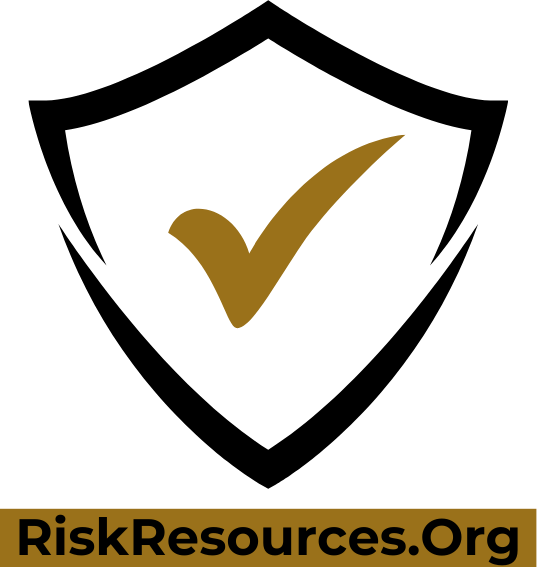- Equipment Breakdown and Mechanical Failure
- Supply Chain Disruptions
- Product Liability Claims
- Workplace Injuries and Worker’s Compensation
- Fire, Explosion, and Natural Disasters
- Business Interruption Losses
- Cybersecurity Breaches and Data Loss
- Environmental Pollution and Cleanup Costs
- Transportation and Cargo Damage
- Property Damage and Theft
- Conclusion
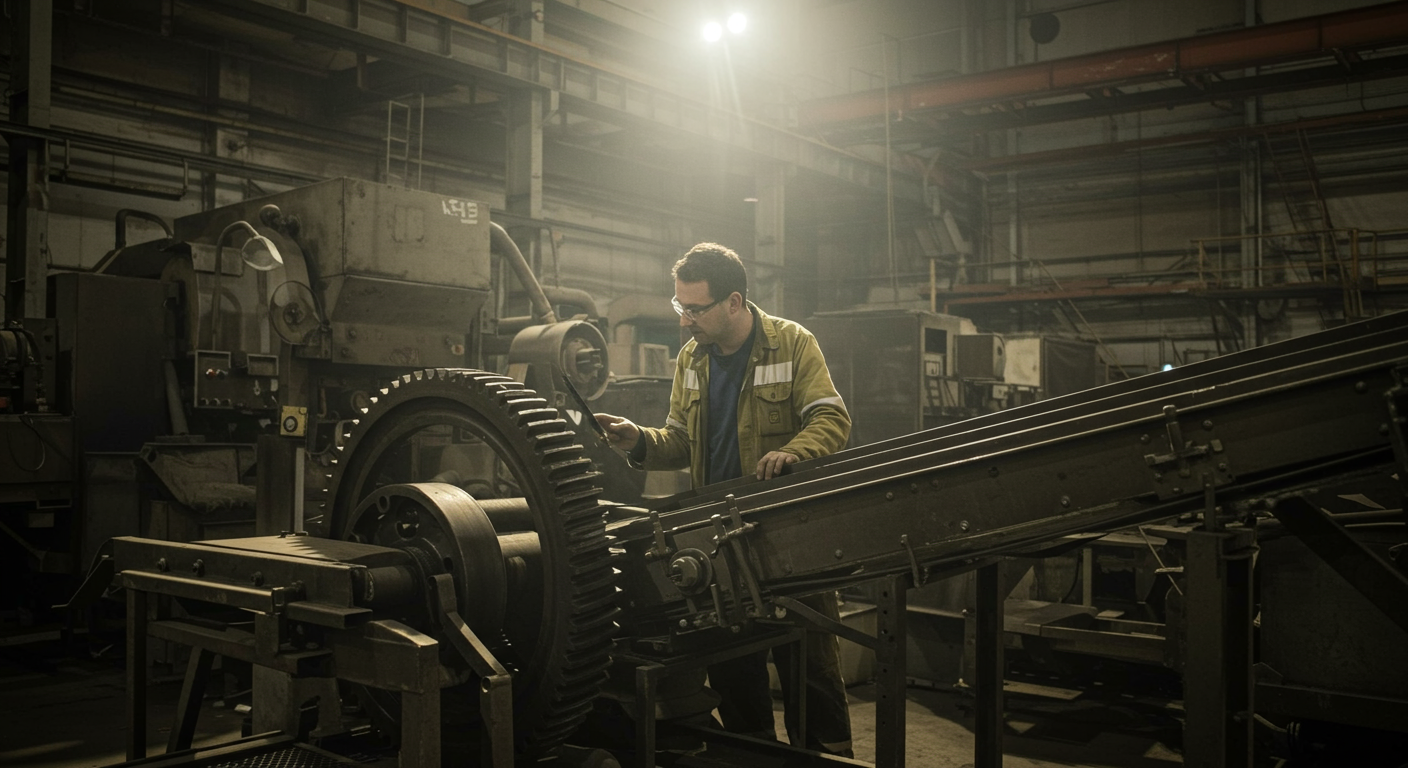
Manufacturing operations face a myriad of risks that can disrupt production, drain resources, and harm the bottom line. From equipment breakdowns to natural disasters, each threat demands careful attention and well-structured insurance coverage. Understanding common manufacturing risks and how insurance addresses them empowers business owners to protect assets and maintain continuity. In this article, we explore ten prevalent manufacturing risks, explain how insurance solutions can mitigate their impact, and offer practical tips for risk management. By planning ahead and tailoring your coverage, you’ll be better equipped to navigate uncertainties and focus on growth.
1. Equipment Breakdown and Mechanical Failure
Every day, manufacturing machinery operates under intense pressure and high speeds. Wear and tear can lead to breakdowns, unplanned downtime, and costly repairs. When critical equipment stalls, production schedules stall with it./nEquipment breakdown insurance steps in to cover the repair or replacement of damaged machinery. This policy often includes physical damage coverage, business interruption coverage, and even spoilage coverage if perishable products are affected./nManufacturers should maintain a routine maintenance schedule and keep a detailed asset inventory. Partner with reliable service providers for inspections and calibrations. Capturing serial numbers, purchase dates, and maintenance logs will speed up claims processing and ensure you receive timely compensation.
2. Supply Chain Disruptions
Global supply chains are vulnerable to political unrest, labor strikes, raw material shortages, and transportation bottlenecks. A sudden cutoff can delay orders, increase costs, and erode client trust./nContingent business interruption insurance helps cover losses resulting from upstream disruptions. It compensates for lost profits and extra expenses when a supplier’s shutdown impacts your operations. Some policies extend to downstream interruptions, protecting against customer-related delays./nReduce exposure by diversifying suppliers, building safety stocks, and forging strong relationships with key vendors. Contractually stipulate lead times, quality standards, and penalties to ensure accountability. Regularly review geopolitical and industry trends to anticipate potential shocks.
3. Product Liability Claims
Defective products can inflict harm on consumers, leading to lawsuits, recalls, and reputational damage. Even a single claim can spiral into significant legal fees and settlement costs./nProduct liability insurance covers legal defense expenses, settlements, and judgments if your product injures someone or damages property. Some policies also address product recall costs, including notification expenses and return shipping./nImplement rigorous quality control measures throughout design, prototyping, and production stages. Maintain detailed records of testing protocols, materials certifications, and inspection results. Train staff on assembly procedures and oversee compliance with safety standards.
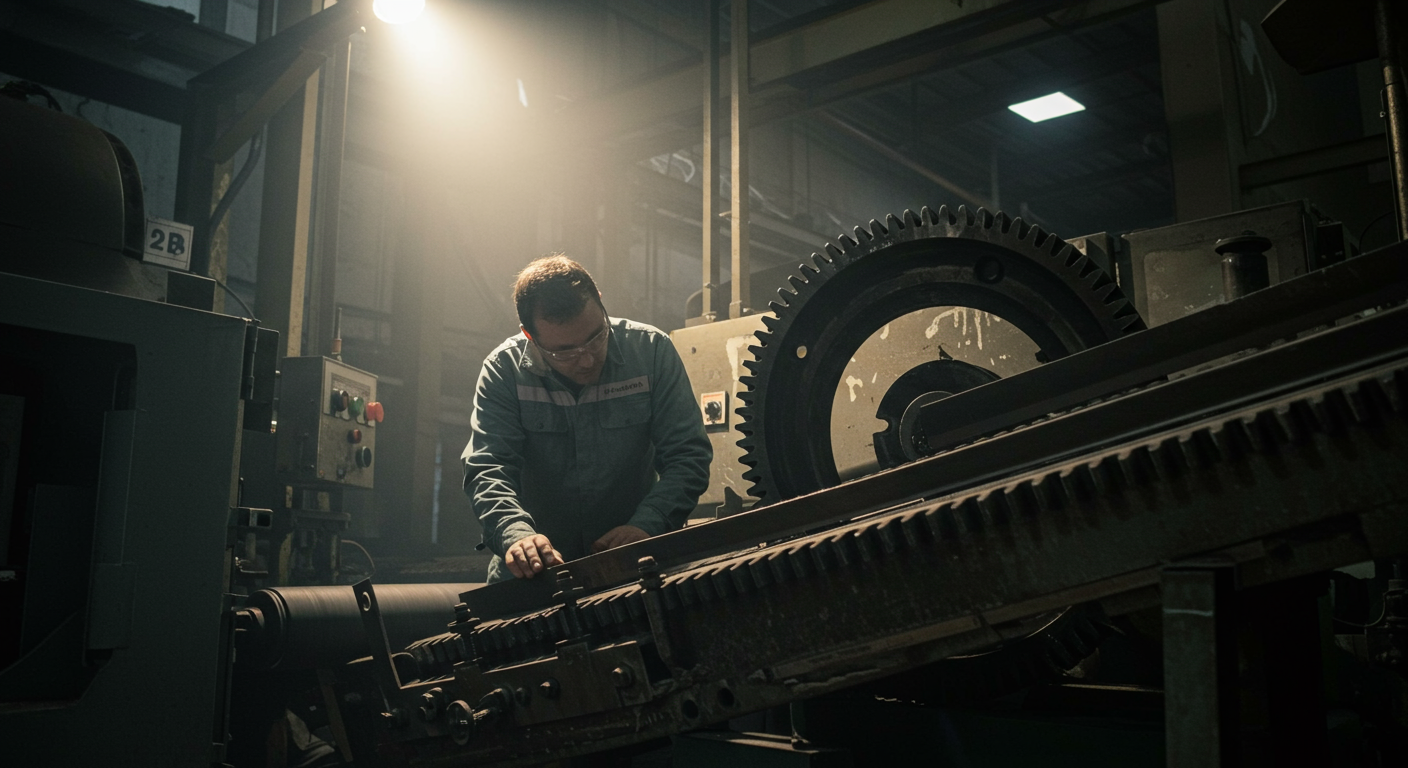
4. Workplace Injuries and Worker’s Compensation
Factories pose inherent hazards: heavy equipment, moving parts, and repetitive motions. Accidents can lead to injuries that trigger medical claims, lost workdays, and potential lawsuits./nWorker’s compensation insurance provides wage replacement, medical benefits, and rehabilitation services for employees injured on the job. In most jurisdictions, it also shields employers from personal injury lawsuits filed by workers./nAdopt a strong safety culture by conducting regular training, using personal protective equipment, and enforcing machine-guarding protocols. Establish clear incident reporting and near-miss investigation processes. Address ergonomic risks to minimize strain and overuse injuries.
5. Fire, Explosion, and Natural Disasters
Fires, explosions, floods, earthquakes, and severe storms can devastate a manufacturing facility in minutes. The destruction of buildings, equipment, and inventory can halt production indefinitely./nProperty insurance policies cover physical damage to buildings, fixtures, and machinery caused by fire and most named perils. Extended coverage or special policies may be required for earthquakes, floods, or hurricanes. Business interruption insurance can reimburse income lost during the restoration period and cover ongoing fixed expenses./nInstall fire suppression systems, smoke detectors, and gas leak monitors. Maintain clear evacuation routes and train employees on emergency response. Secure vital records and back up data off-site or in the cloud. Consider site elevation or flood barriers in high-risk areas.
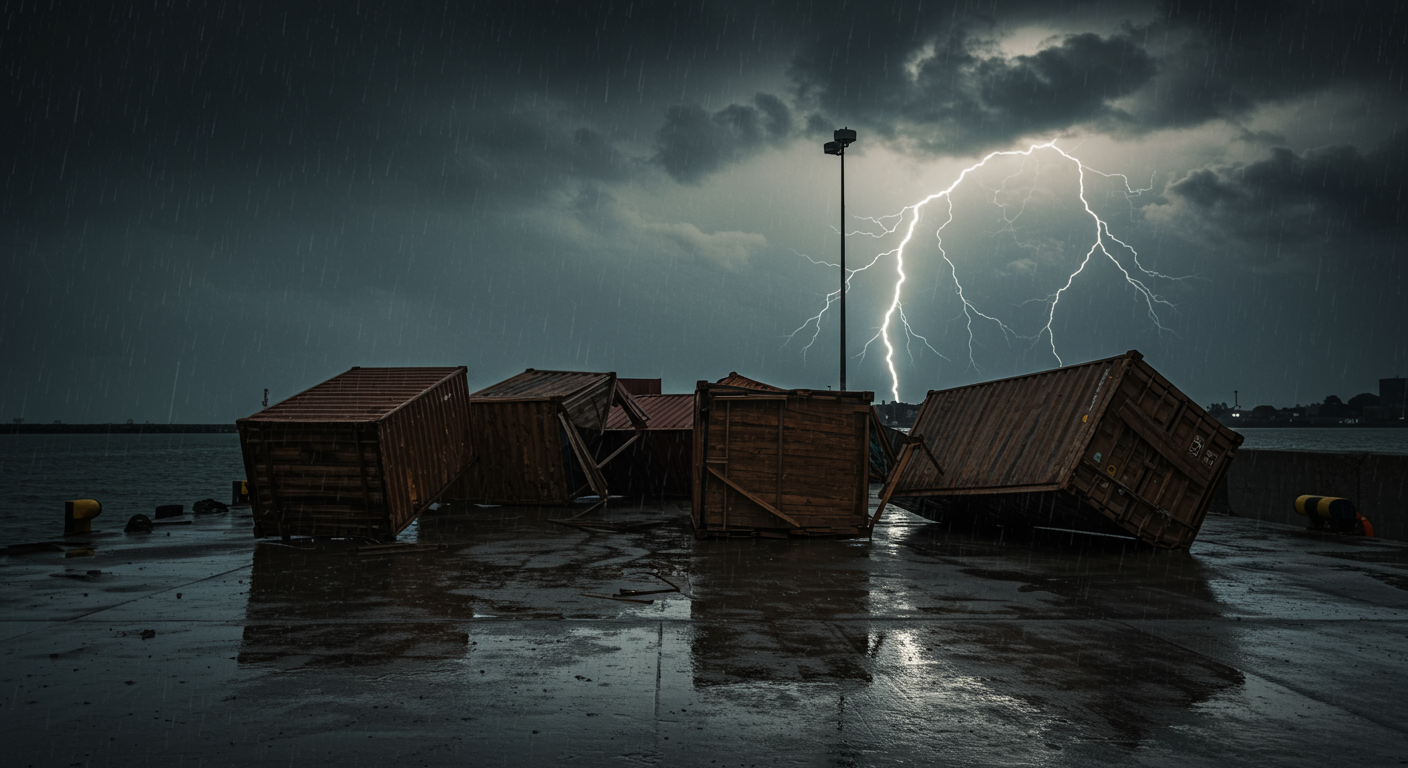
6. Business Interruption Losses
Even minor disruptions can ripple through production schedules, creating backorders, revenue shortfalls, and customer dissatisfaction. Extended outages amplify these effects, compounding financial strain./nBusiness interruption insurance compensates for lost net income and operating expenses during a covered shutdown. It often includes extra expense coverage, helping you incur reasonable costs to resume operations quickly, such as renting temporary premises or equipment./nDevelop a comprehensive business continuity plan. Identify critical processes and personnel, define alternate workspaces, and establish communication protocols. Regularly test backup systems and simulate interruption scenarios to gauge recovery readiness.
7. Cybersecurity Breaches and Data Loss
Modern manufacturing relies on networked machinery, IoT sensors, and cloud-based management systems. Cyberattacks can paralyze operations, compromise intellectual property, and expose sensitive customer data./nCyber insurance policies cover costs associated with data breach response, legal fees, regulatory fines, and business interruption resulting from cyber incidents. Some policies also include third-party liability coverage if confidential client information is stolen./nImplement multilayered cyber defenses, including firewalls, intrusion detection systems, and endpoint protection. Conduct employee training on phishing and social engineering threats. Keep software and firmware up to date, and restrict access privileges using the principle of least privilege.
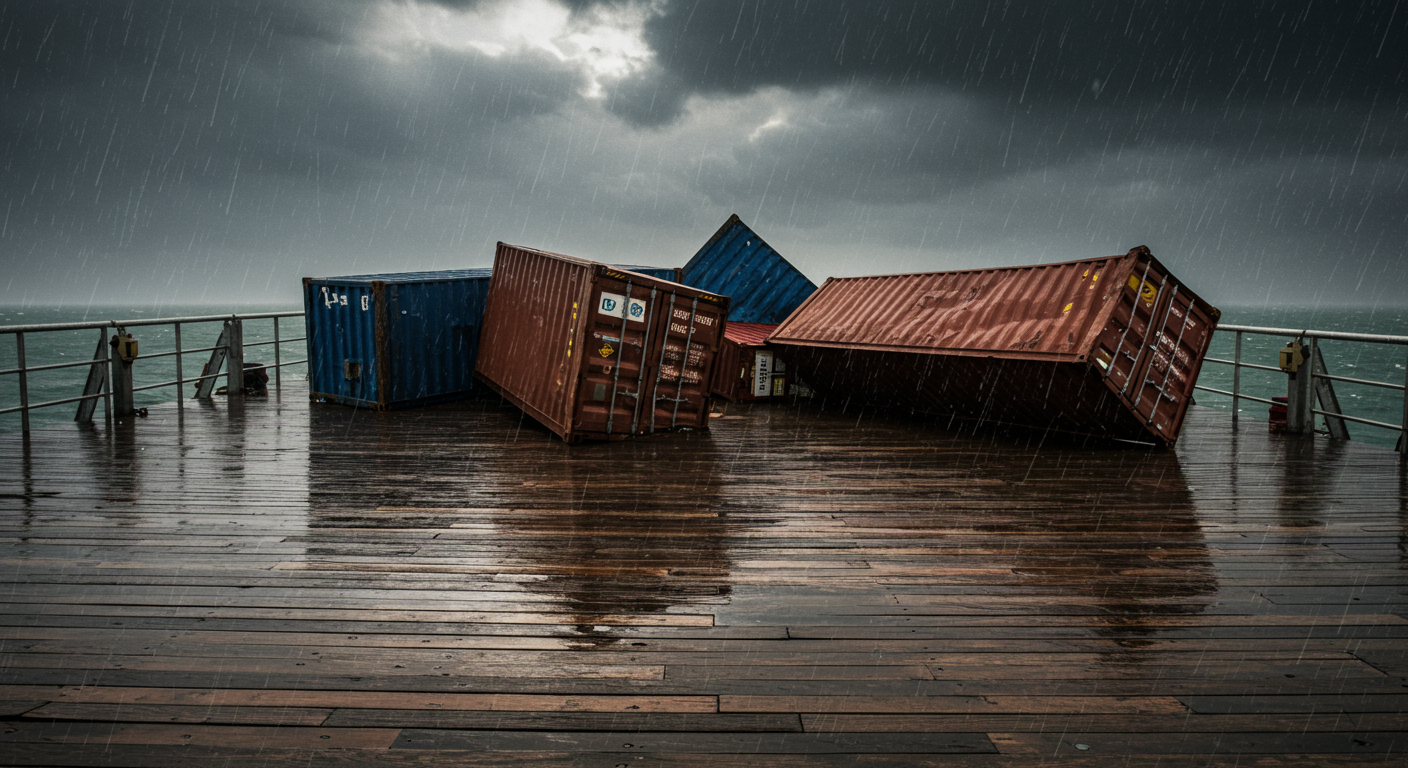
8. Environmental Pollution and Cleanup Costs
Manufacturers handling chemicals or hazardous waste risk spills, leaks, and emissions that harm the environment. Cleanup operations, fines, and third-party claims can be extremely expensive./nEnvironmental liability insurance covers remediation costs, legal defense fees, and third-party bodily injury or property damage claims arising from pollution events. Policies may cover gradual pollution as well as sudden, accidental releases./nEnsure strict waste management protocols, use secondary containment for chemicals, and train staff on spill response procedures. Regularly inspect storage tanks, piping, and disposal sites. Maintain environmental permits and keep detailed logs of waste handling activities.
9. Transportation and Cargo Damage
Moving raw materials and finished products involves risks such as theft, accidents, weather damage, and handling errors. Damaged shipments can lead to supply delays and loss of revenue./nInland marine or cargo insurance protects goods in transit, whether by truck, rail, or intermodal transport. Coverage typically includes loss or damage from collision, overturn, fire, and certain natural disasters./nPackage products securely, use reputable carriers, and verify insurance coverage limits before shipping. Track shipments in real time and establish contingency plans for rerouting or expedited transport when delays occur. Maintain clear documentation of bills of lading and delivery receipts.
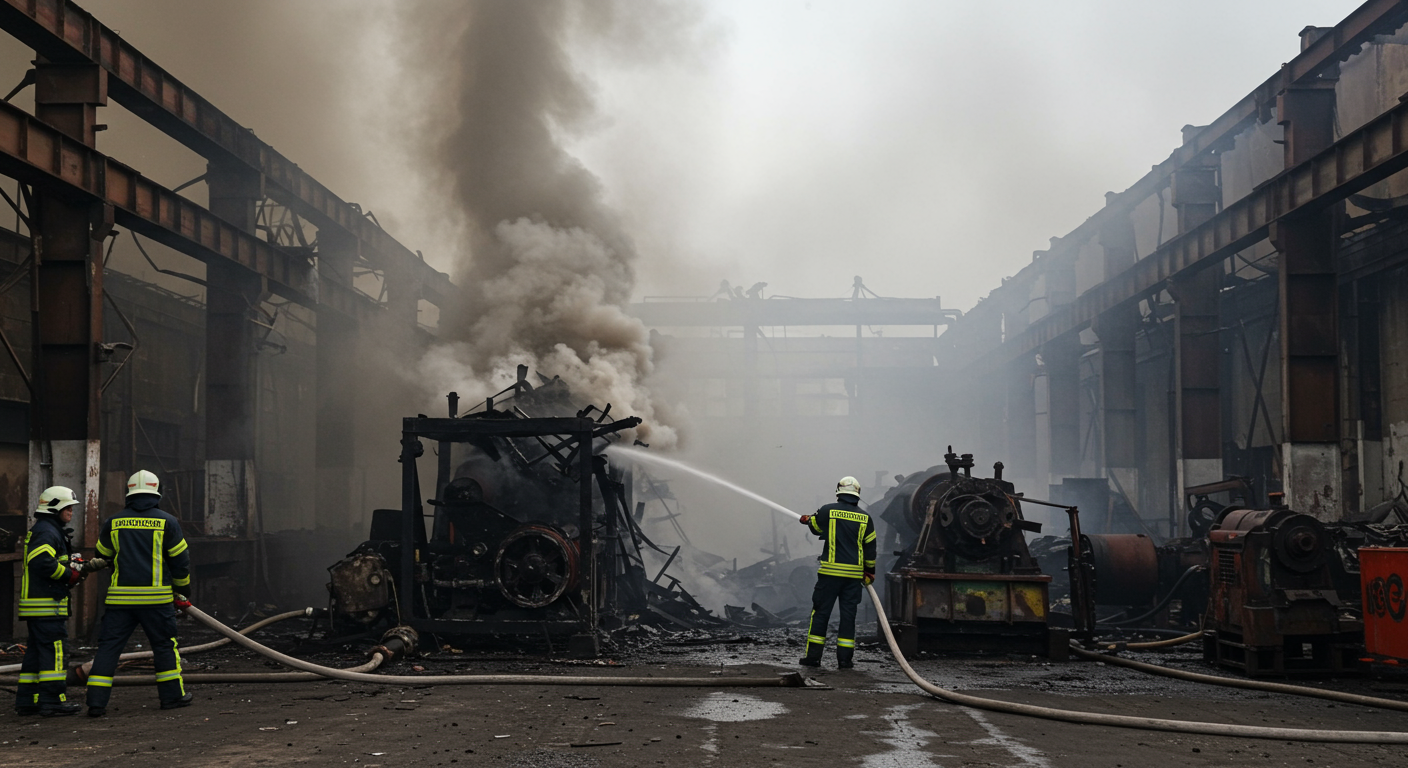
10. Property Damage and Theft
Vandalism, burglary, and accidental damage pose constant threats to warehouses, production floors, and offices. Replacing stolen inventory or repairing structural damage can drain budgets./nCommercial property insurance covers physical loss or damage to buildings, equipment, inventory, and furniture caused by theft, vandalism, fire, or other covered perils. Some policies offer endorsements for specific risks like glass breakage or electronic data recovery./nFortify entry points with high-quality locks, alarms, and surveillance cameras. Control access through keycards or biometric systems. Conduct regular security audits and employee screenings. Keep inventory records up to date so you can quickly identify missing items.
Conclusion
Manufacturing businesses operate in a dynamic environment filled with diverse risks. By understanding common threats—equipment breakdowns, supply interruptions, liability claims, workplace injuries, and beyond—you can adopt proactive measures to manage exposures. Insurance serves as a critical safety net, providing financial relief when disasters strike and enabling you to focus on production and growth. To maximize protection, partner with a knowledgeable broker, tailor coverage to your unique operations, and invest in risk mitigation strategies. With a robust risk management plan and comprehensive insurance, your manufacturing enterprise will be well-positioned to weather uncertainties and thrive in today’s competitive landscape.


